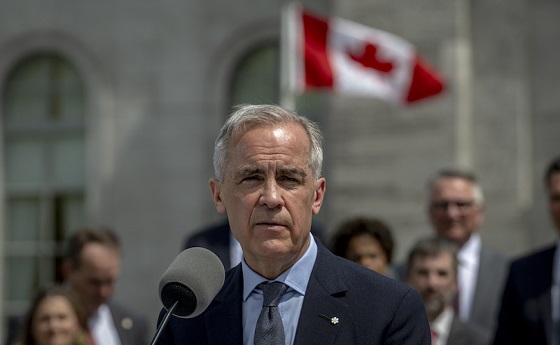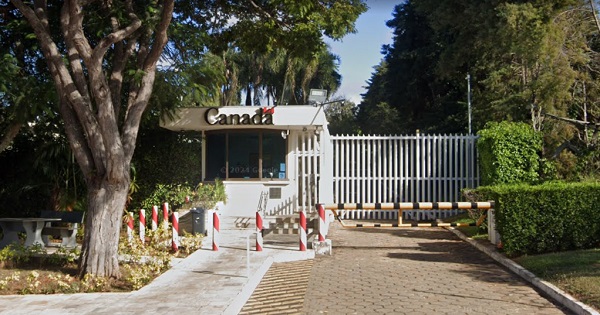Business
Canada’s chief actuary fails to estimate Alberta’s share of CPP assets

From the Fraser Institute
By Tegan Hill
Each Albertan would save up to $2,850 in 2027—the first year of the hypothetical Alberta plan—while retaining the same benefits as the CPP. Meanwhile, the basic CPP contribution rate for the rest of Canada would increase to 10.36 per cent.
Despite a new report from Canada’s chief actuary about Alberta’s potential plan to leave the Canada Pension Plan (CPP) and start its own separate provincial pension plan, Albertans still don’t have an official estimate from Ottawa about Alberta’s share of CPP assets.
The actuary analyzed how the division of assets might be calculated, but did not provide specific numbers.
Yet according to a report commissioned by the Smith government and released last year, Alberta’s share of CPP assets totalled an estimated $334 billion—more than half the value of total CPP assets. Based on that number, if Alberta left the CPP, Albertans would pay a contribution rate of 5.91 per cent for a new CPP-like provincial program (a significant reduction from the current 9.9 per cent CPP rate deducted from their paycheques). As a result, each Albertan would save up to $2,850 in 2027—the first year of the hypothetical Alberta plan—while retaining the same benefits as the CPP. Meanwhile, the basic CPP contribution rate for the rest of Canada would increase to 10.36 per cent.
Why would Albertans pay less under a provincial plan?
Because Alberta has a comparatively younger population (i.e. more workers vs. retirees), higher average incomes and higher levels of employment (i.e. higher level of premiums paid into the fund). As such, Albertans collectively pay significantly more into the CPP than retirees in Alberta receive in benefits. Simply put, under a provincial plan, Albertans would pay less and receive the same benefits.
Some critics, however, dispute the estimated share of Alberta’s CPP assets (again, $334 billion—more than half the value of total CPP assets) in the Smith government’s report, and claim the estimate understates the report’s contribution rate for a new Alberta pension plan and overestimates the new CPP rate without Alberta.
Which takes us back to the new report from Canada’s chief actuary, which was supposed to provide its own estimate of Alberta’s share of the assets. Unfortunately, it did not.
But there are other rate estimates out there, based on various assumptions. According to a 2019 analysis published by the Fraser Institute, the contribution rate for a new separate CPP-like program in Alberta could be as low as 5.85 per cent, while AIMCo’s 2019 estimate was 7.21 per cent (and possibly as low as 6.85 per cent). And University of Calgary economist Trevor Tombe has pegged Alberta’s hypothetical rate at 8.2 per cent.
While the actuary in Ottawa failed to provide any numbers, one thing’s for certain—according to the available estimates, Albertans would pay a lower contribution rate in a separate provincial pension plan while CPP contributions for the rest of Canada (excluding Quebec) would likely increase.
Automotive
Elon Musk Poised To Become World’s First Trillionaire After Shareholder Vote
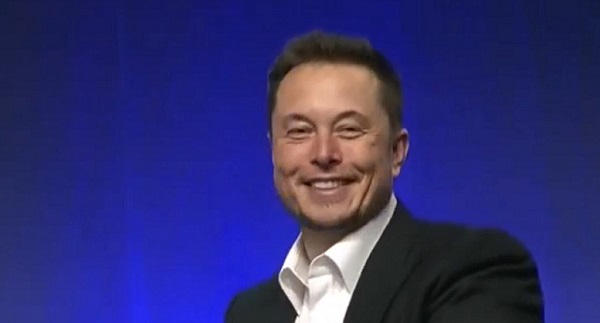

From the Daily Caller News Foundation
At Tesla’s Austin headquarters, investors backed Musk’s 12-step plan that ties his potential trillion-dollar payout to a series of aggressive financial and operational milestones, including raising the company’s valuation from roughly $1.4 trillion to $8.5 trillion and selling one million humanoid robots within a decade. Musk hailed the outcome as a turning point for Tesla’s future.
“What we’re about to embark upon is not merely a new chapter of the future of Tesla but a whole new book,” Musk said, as The New York Times reported.
Dear Readers:
As a nonprofit, we are dependent on the generosity of our readers.
Please consider making a small donation of any amount here.
Thank you!
The decision cements investor confidence in Musk’s “moonshot” management style and reinforces the belief that Tesla’s success depends heavily on its founder and his leadership.
Tesla Annual meeting starting now
https://t.co/j1KHf3k6ch— Elon Musk (@elonmusk) November 6, 2025
“Those who claim the plan is ‘too large’ ignore the scale of ambition that has historically defined Tesla’s trajectory,” the Florida State Board of Administration said in a securities filing describing why it voted for Mr. Musk’s pay plan. “A company that went from near bankruptcy to global leadership in E.V.s and clean energy under similar frameworks has earned the right to use incentive models that reward moonshot performance.”
Investors like Ark Invest CEO Cathie Wood defended Tesla’s decision, saying the plan aligns shareholder rewards with company performance.
“I do not understand why investors are voting against Elon’s pay package when they and their clients would benefit enormously if he and his incredible team meet such high goals,” Wood wrote on X.
Norway’s sovereign wealth fund, Norges Bank Investment Management — one of Tesla’s largest shareholders — broke ranks, however, and voted against the pay plan, saying that the package was excessive.
“While we appreciate the significant value created under Mr. Musk’s visionary role, we are concerned about the total size of the award, dilution, and lack of mitigation of key person risk,” the firm said.
The vote comes months after Musk wrapped up his short-lived government role under President Donald Trump. In February, Musk and his Department of Government Efficiency (DOGE) team sparked a firestorm when they announced plans to eliminate the U.S. Agency for International Development, drawing backlash from Democrats and prompting protests targeting Musk and his companies, including Tesla.
Back in May, Musk announced that his “scheduled time” leading DOGE had ended.
Business
Carney’s Deficit Numbers Deserve Scrutiny After Trudeau’s Forecasting Failures

From the Frontier Centre for Public Policy
By Conrad Eder
Frontier Centre for Public Policy study reveals a decade of inflated Liberal forecasts—a track record that casts a long shadow over Carney’s first budget
The Frontier Centre for Public Policy has released a major new study revealing that the Trudeau government’s federal budget forecasts from 2016 to 2025 were consistently inaccurate and biased — a record that casts serious doubt on the projections in Prime Minister Mark Carney’s first budget.
Carney’s 2025–26 federal budget forecasts a $78.3-billion deficit — twice the size projected last year and four times what was forecast in Budget 2022. But if recent history is any guide, Canadians have good reason to question whether even this ballooning deficit reflects fiscal reality.
The 4,000-word study, Measuring Federal Budgetary Balance Forecasting Accuracy and Bias, by Frontier Centre policy analyst Conrad Eder, finds that forecast accuracy collapsed after the Trudeau government took office:
- Current-year forecasts were off by an average of $22.9 billion, or one per cent of GDP.
- Four-year forecasts missed the mark by an average of $94.4 billion, or four per cent of GDP.
- Long-term projections consistently overstated Canada’s fiscal health, showing a clear optimism bias.
Eder’s analysis shows that every three- and four-year forecast under Trudeau predicted a stronger financial position than what actually occurred, masking the true scale of deficits and debt accumulation. The study concludes that this reflects a systemic optimism bias, likely rooted in political incentives: short-term optics with no regard to long-term consequences.
“With Prime Minister Carney now setting Canada’s fiscal direction, it’s critical to assess his projections in light of this track record,” said Eder. “The pattern of bias and inaccuracy under previous Liberal governments gives reason to doubt the credibility of claims that deficits will shrink over time. Canadians deserve fiscal forecasts that are credible and transparent — not political messaging disguised as economic planning.”
The study warns that persistent optimism bias erodes fiscal accountability, weakens public trust and limits citizens’ ability to hold government to account — a threat to both economic sustainability and democratic transparency.
-

 Justice1 day ago
Justice1 day agoCarney government lets Supreme Court decision stand despite outrage over child porn ruling
-

 Daily Caller2 days ago
Daily Caller2 days agoUS Eating Canada’s Lunch While Liberals Stall – Trump Admin Announces Record-Shattering Energy Report
-

 Business1 day ago
Business1 day agoCarney’s budget spares tax status of Canadian churches, pro-life groups after backlash
-
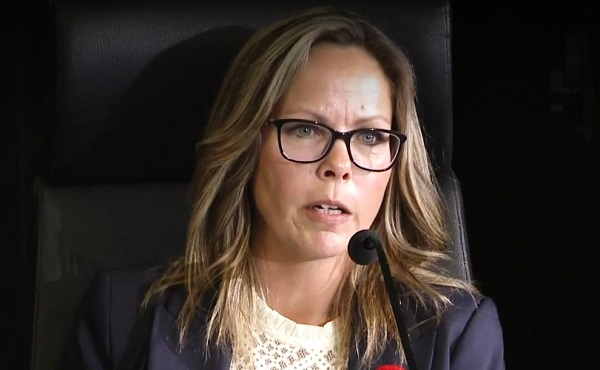
 COVID-191 day ago
COVID-191 day agoFreedom Convoy leader Tamara Lich to appeal her recent conviction
-

 Business2 days ago
Business2 days agoPulling back the curtain on the Carney government’s first budget
-

 Energy2 days ago
Energy2 days agoEby should put up, shut up, or pay up
-

 Business2 days ago
Business2 days agoThe Liberal budget is a massive FAILURE: Former Liberal Cabinet Member Dan McTeague
-
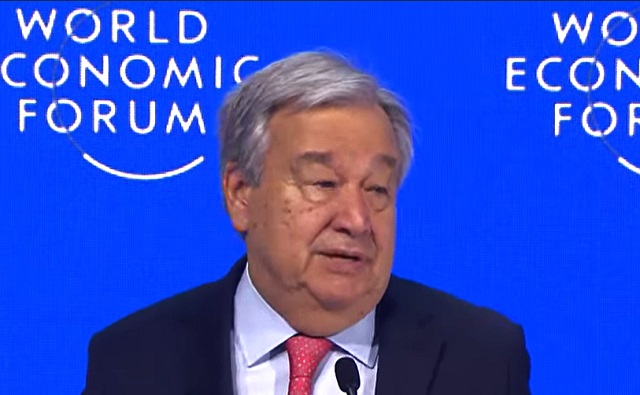
 Daily Caller1 day ago
Daily Caller1 day agoUN Chief Rages Against Dying Of Climate Alarm Light









